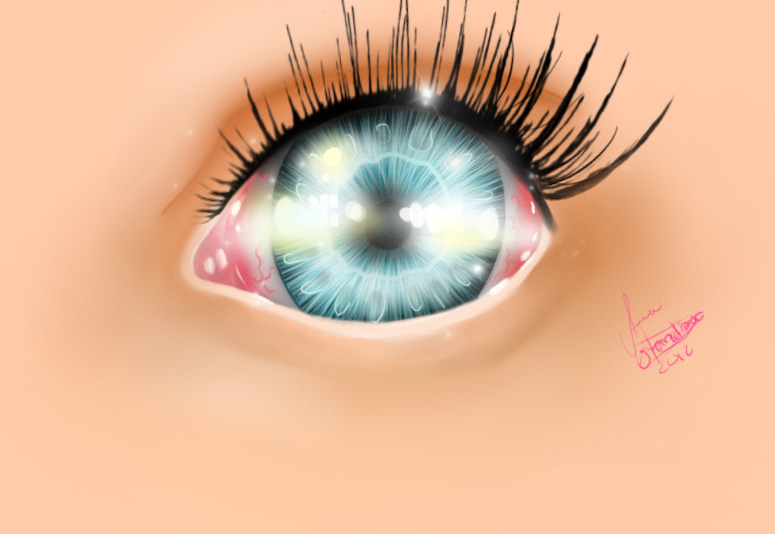Eye Facts
Eyes are very similar to cameras. Like cameras, your eyes take pictures of the world around you.
Then, these images are sent to your brain, and your brain processes and makes sense of what you’re seeing.
But how do your eyes record and send images?
Let’s take a look at the parts of your eye and how they work.
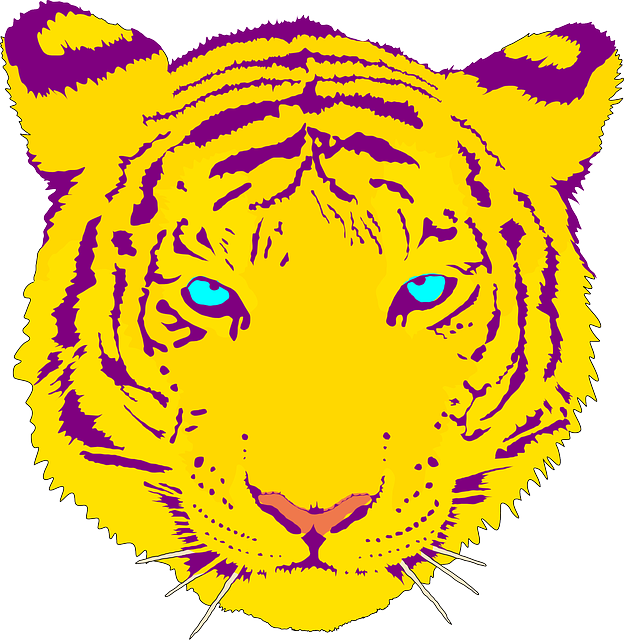
Sclera
This is the “white” of your eye. It covers the entire outside of your eyeball, except the cornea.
Iris
This is the colored part of your eye. Irises are most commonly brown, green, blue, or hazel. But the iris doesn’t just look pretty: It also controls the amount of light that enters your eye.

Pupil
This is a sort of hole in the middle of your iris. It lets light into your eye and gets very small in bright light (contracts) and big in duller light (dilates).
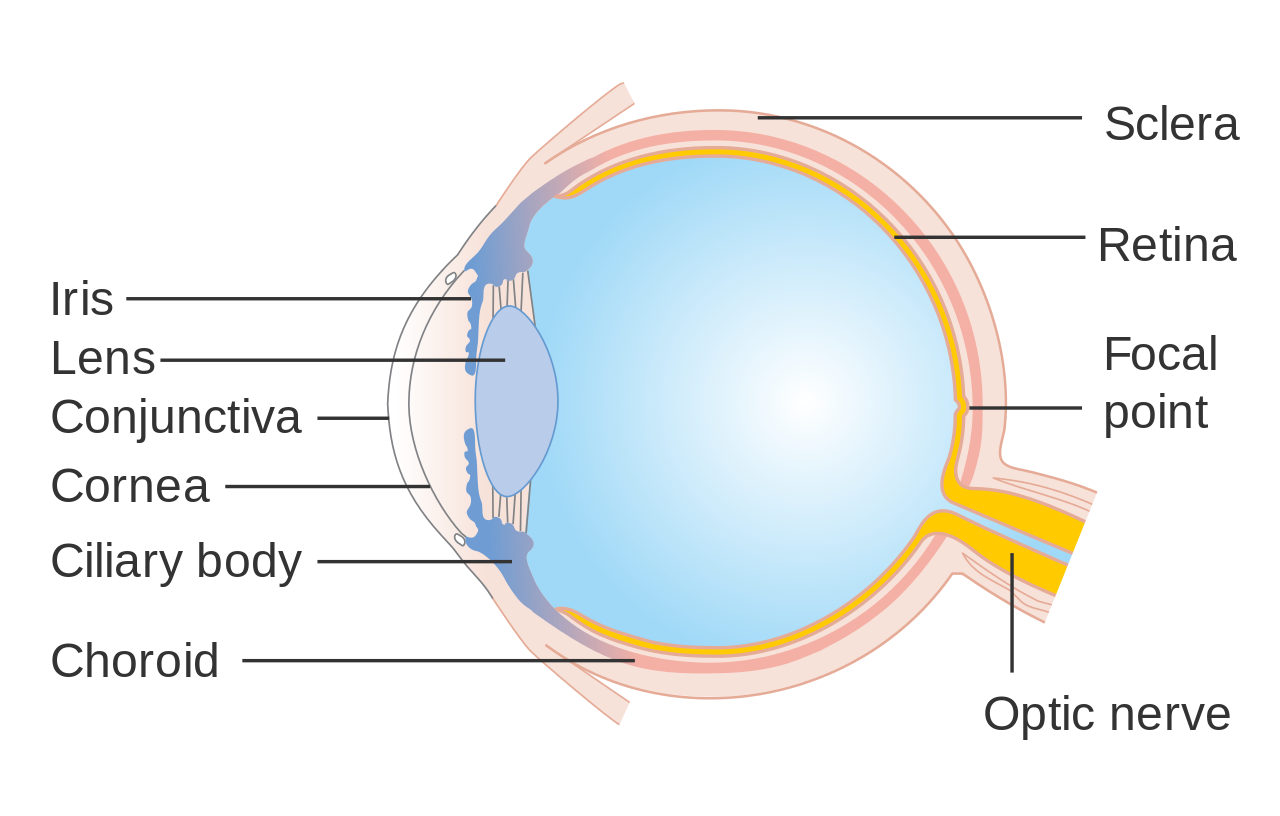
Cornea
The cornea is the clear layer covering the front of your eye. It focuses the light that comes into your eye to make sure your eye records clear images.
Lens
The lens helps the cornea focus light. It can also become thicker (for close objects) or thinner (for far away objects) to make the picture as clear as possible.
Tiny muscles around the lens called ciliary muscles squeeze and relax to change the shape of the lens.
Retina
The cornea and lens focus light onto the retina. The retina contains two types of cells: rods and cones. Rods process black and white, and cones process colors.
The rods and cones turn images into electrical messages that can be sent to the brain.
Optic Nerve
The electrical messages from the retina travel along the optic nerve to the brain. Basically, the optic nerve is a path that connects the eye and the brain.
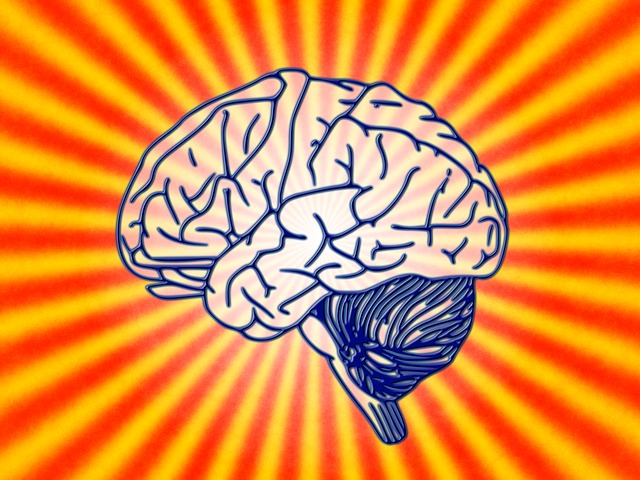
Eyelids
Your eyelids have one major job: to protect your eyes. Eyelids shut if something tries to get into your eye, and they also shut to keep light out when it’s time to sleep.
They blink to keep the cornea moist instead of dry.
Eyelashes
Eyelashes are also protective. They catch dust and other particles to keep them out of your eyes.
And although your eyebrows aren’t exactly part of your eye, they also work to keep sweat and dust away from your eyes.
Tear Glands
Tear glands are located in your upper eyelid. They produce tears that keep your eyeball clean and moist to protect it from damage.
In addition to these parts, your eye holds two types of fluid:
Aqueous Humor
This clear fluid fills the front of the eyeball between the lens and the cornea. It provides nutrients to the cornea and lens and helps protect the cornea.
Vitreous Humor
Vitreous humor is more of a jelly-like substance that fills the space between the lens and the retina. It helps the eye keep its shape (a sphere or globe) and holds the retina in place.
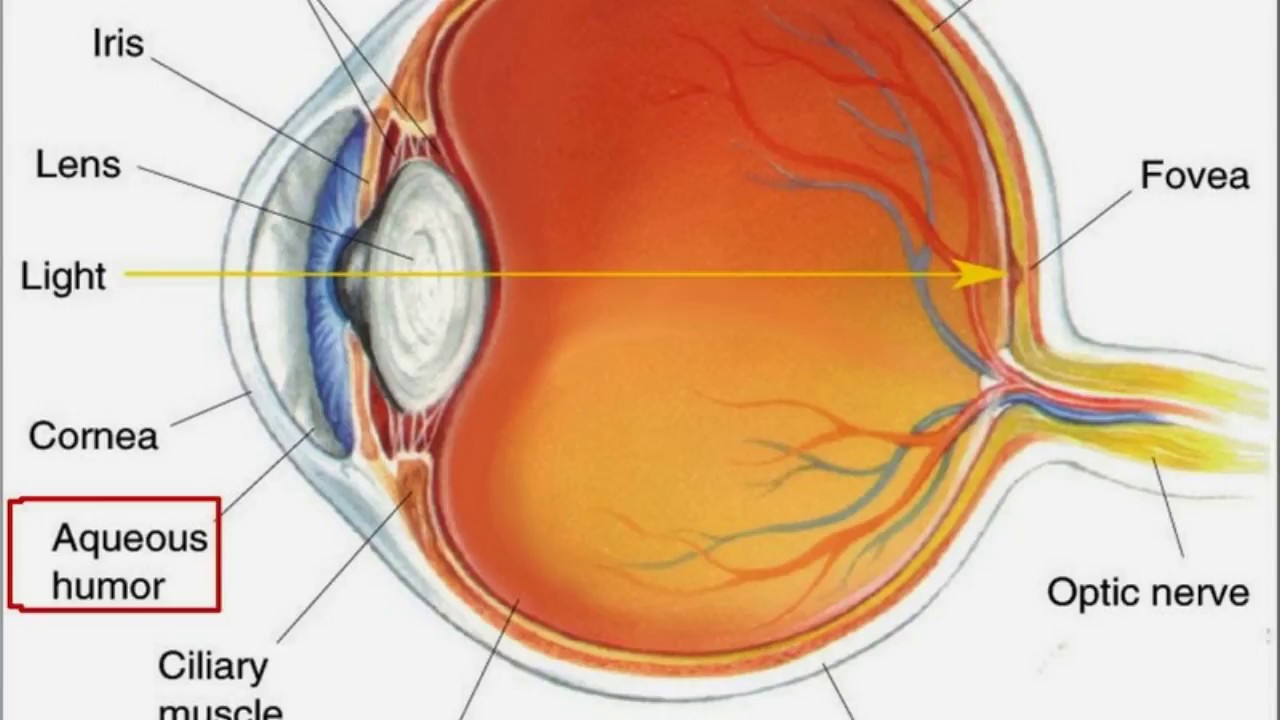
Fun Facts About Eyes
Newborn babies make crying sounds, but their eyes can’t actually produce tears until around 4-13 weeks old.
A blink lasts for just 1/10of a second on average, and you blink about 12 times every minute.
Of all the muscles in your body, the muscles that control your eyes are the most active.
Eyelashes have a life span of about 5 months before they are shed.
After the brain, eyes are the second most complex organ in the body.



